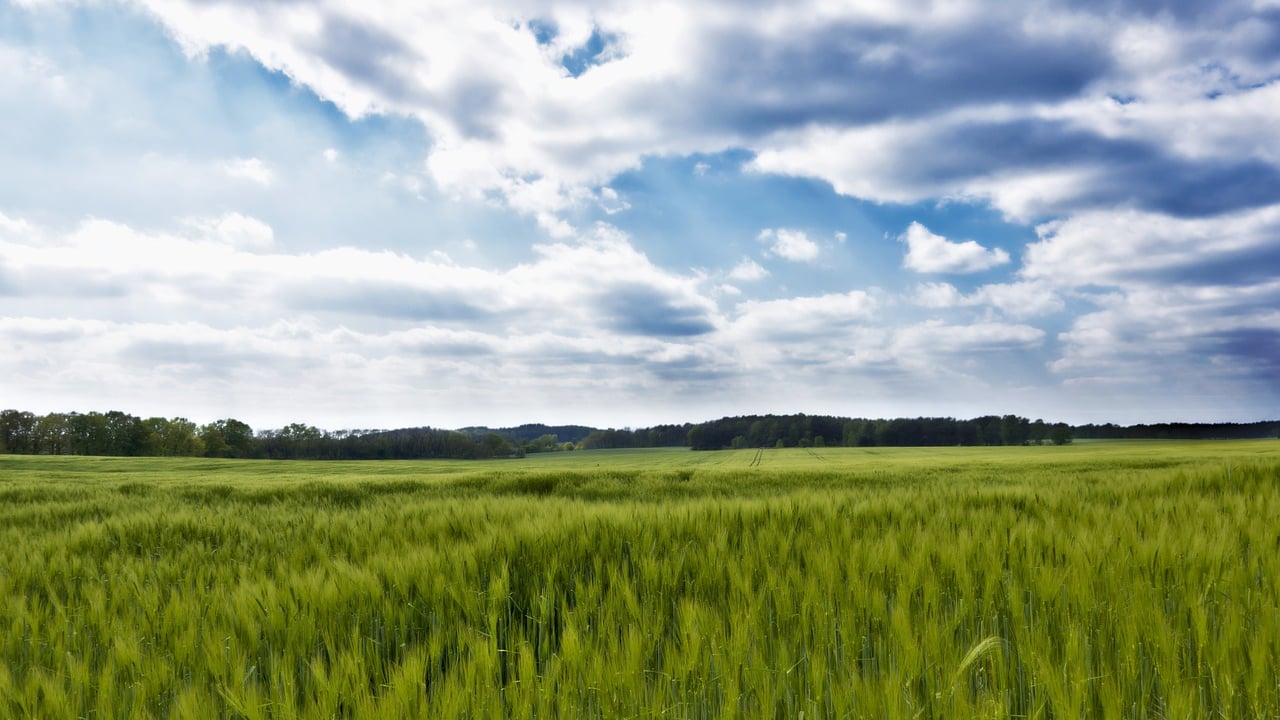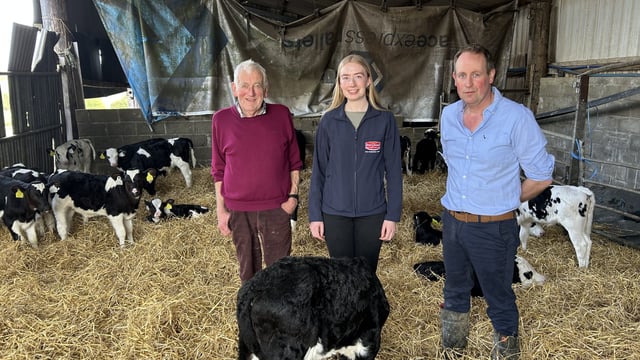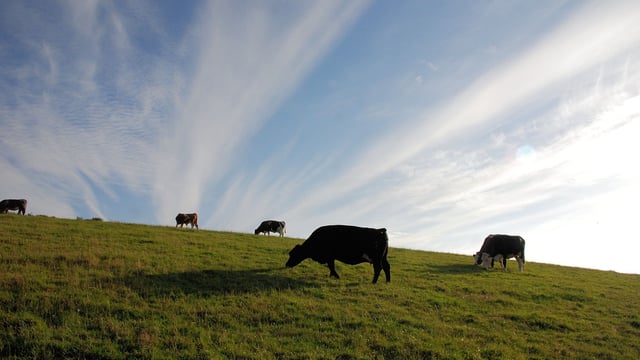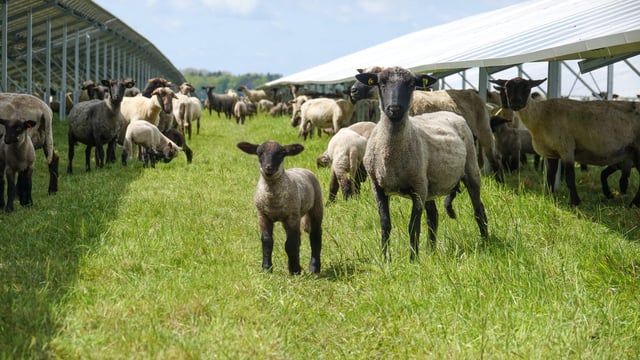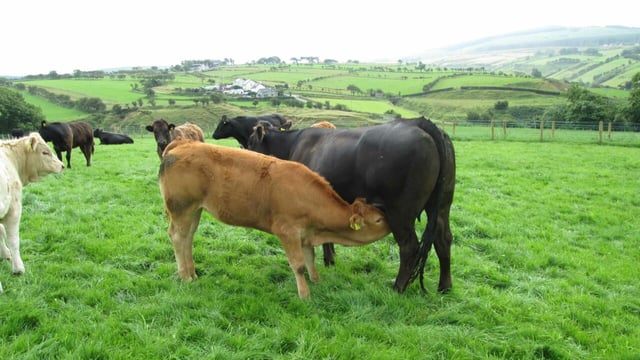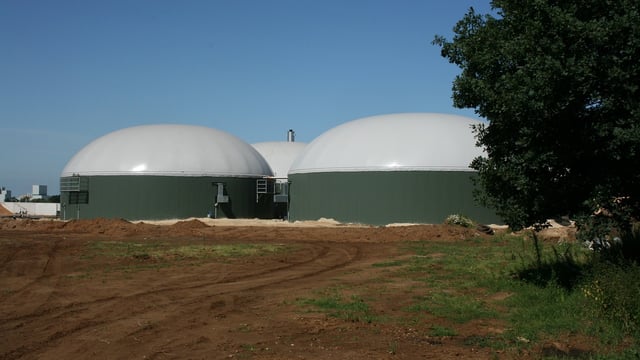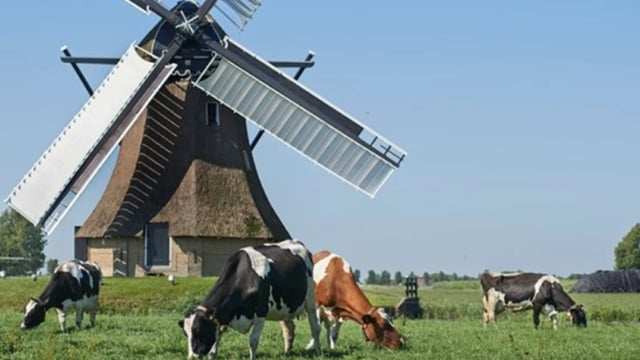Climate Plan 2025: 'Actions' for land use include ACRES, manure and drained soils
The government's Climate Action Plan 2025 sets out the current state of play in relation to land use, land use change and forestry (LULUCF) starkly warning that the "sector will continue to be a source of emissions out to 2030".
"The LULUCF sector has been a net source of greenhouse gas (GHG) emissions in all years from 1990 to 2022," the plan outlines.
It also highlights that, according to latest data from the Environmental Protection Agency (EPA), the strength of "CO2 removals" from forest land is declining, grasslands have been a "consistent source of emissions" and cropland only contributed a small removal of emissions.
However, according to the latest research available (from 2022), "emissions from wetlands" accounted for the largest source of emissions in the LULUCF sector.
Climate Action Plan
So what does the government want to achieve with its latest Climate Action Plan in relation to the LULUCF sector?
It has a number of key "Actions for 2025" which it intends to roll out this year.
These include:
- Delivery of Phase 2 of the Land Use Review to government and update on progress towards Phase 1 recommendations.
- Undertake a midterm review of the Forestry Programme 2023-2027;
- Prepare a Land-Use Strategic Implementation Plan to deliver the Coillt Forest Estate Strategic Land-Use Plan;
- Raise awareness among forest owners of the impact of timing when deciding to harvest their forest;
- Identify funding mechanisms to support emissions reductions from land use (reduced management intensity of grassland on drained organic soils; longer forest rotations; and improved grassland management;
- Launch complementary actions in 2025 under Agri-Climate Rural Environment Scheme (ACRES) Cooperation projects, aimed at a reduction in land use emissions;
- Review progress towards 2030 of an additional 30,000 ha of peatland rehabilitation and explore potential to increase target;
- Ongoing delivery of the Department of the Environment, Climate and Communication's role in the Interreg Europe Rivers and Wetlands Protection Project (RiWET) Project;
- Development of the National Restoration Plan;
- Include the incentivisation of new hedgerows and the improved management of 75k km of hedgerows as measures for consideration in the development of the next Common Agricultural Policy;
- Engage and support the work of Peatland Finance Ireland to attract finance to peatland restoration activities through the development of a peatland standard for Ireland;
- Facilitate and encourage exchange of organic manure between livestock and tillage farmers to deliver manure application to 115kha of cropland;
- Fund the geospatial drainage status detection mapping of organic rich soils for National Inventory Reporting and policy support needs.
ACRES
Specifically the Climate Action Plan 2025 also sets out new proposals in relation to ACRES which will apply to farms on peat soils.
"Following on from approximately 180,000ha of privately owned peatland being scored for habitat quality and a further 420,000ha of commonage having been scored under ACRES, further complimentary actions will be made available in 2025, which will actively facilitate blocking peat drains where that is appropriate, and ultimately led by farmers willingness to engage," the plan said.

